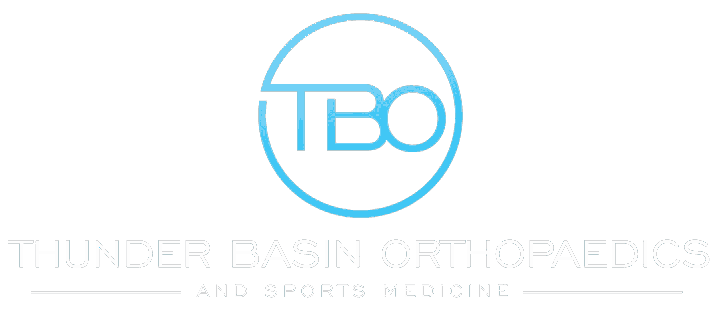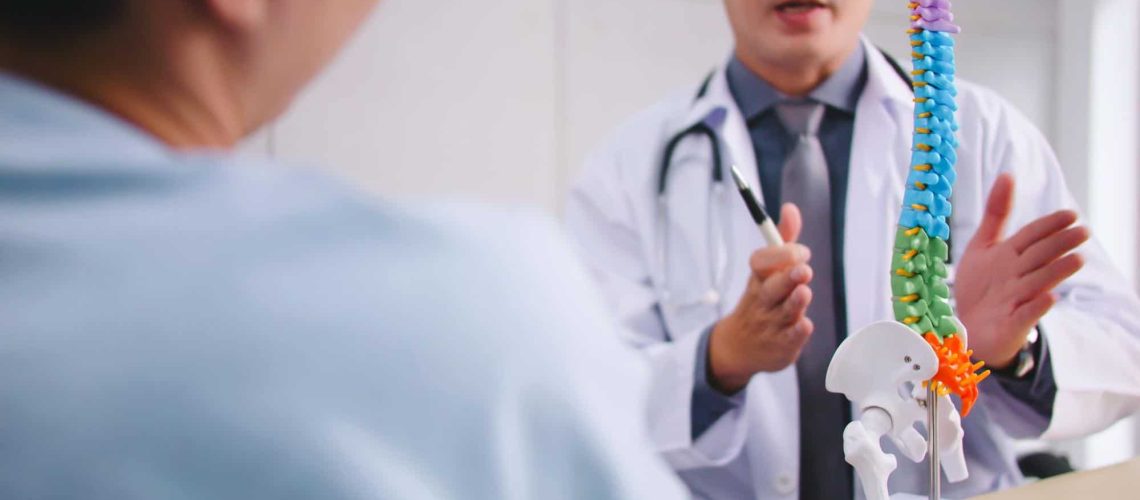Welcome to the world of orthopedics, the medical field that’s all about keeping your bones, joints, and muscles in tip-top shape. It’s a vast arena, with a multitude of conditions that could be causing that ache in your back or that twinge in your knee. But fear not, we’ve got you covered. In this guide, we’ll go through some of the most common orthopedic conditions, what causes them, how they might be making you feel, and most importantly, what can be done about them.
Contents
1. Osteoarthritis
Osteoarthritis, the ‘wear and tear’ arthritis, is a bit of a party pooper. It’s all about cartilage, the cushioning between your bones, wearing thin. And when that happens, you can end up with pain, stiffness, and loss of joint function.
Causes and Risk Factors Like a car, the more miles you’ve clocked, the more likely parts are to wear out. So, age is a biggie. So are genetics, carrying extra weight, and past joint injuries.
Symptoms Ouch! Joint pain and stiffness that gets worse after you’ve been inactive or, on the flip side, after you’ve used it too much. You might also notice swelling around the affected joint, a limited range of motion, and a grinding or cracking sensation during movement.
Treatment Options Physical therapy can help improve joint mobility and muscle strength. Medications, like pain relievers and anti-inflammatory drugs, can take the edge off the symptoms. Braces, canes, or shoe inserts can offer some support and reduce pain, and in some cases, a shot of corticosteroids or hyaluronic acid can help. When the going gets really tough, surgery could be an option.
2. Rheumatoid Arthritis
Rheumatoid arthritis is a bit different. It’s a chronic autoimmune disease that causes inflammation in the lining of the joints, leading to joint damage, pain, and stiffness.
Causes and Risk Factors Genetics, being female, middle-age, and smoking or certain environmental exposures can all make you more susceptible.
Symptoms Joint pain, swelling, and stiffness, often on both sides of the body, feeling tired or generally unwell, a low-grade fever, and in advanced stages, joint deformity.
Treatment Options Medications, including disease-modifying antirheumatic drugs (DMARDs), biologic response modifiers, and nonsteroidal anti-inflammatory drugs (NSAIDs), can help. Physical therapy, splints, braces, and in severe cases, surgery might be needed.
3. Carpal Tunnel Syndrome
Ever felt like your hand’s on fire, or your fingers are numb or tingling? You might be dealing with carpal tunnel syndrome. It happens when the median nerve, which runs through the carpal tunnel in your wrist, gets squished.
Causes and Risk Factors Repetitive hand movements, like typing or assembly work, can increase the risk. So can a smaller carpal tunnel or certain medical conditions like diabetes, rheumatoid arthritis, and hypothyroidism.
Symptoms Tingling or numbness in your fingers, especially the thumb, index, and middle fingers, pain or a burning sensation in your hand and wrist, and difficulty performing daily tasks due to weakness or clumsiness in the hand. Symptoms often worsen at night or during repetitive hand movements.
Treatment Options
In the case of Carpal Tunnel Syndrome, using a wrist splint, especially during sleep, can help keep things in line and alleviate symptoms. Over-the-counter pain relievers can take the edge off the pain and inflammation. Sometimes, simply changing or avoiding activities that make the symptoms worse can provide relief. Corticosteroid injections can offer temporary relief from inflammation and pain. But when all else fails, carpal tunnel release surgery might be the way to go.
4. Rotator Cuff Injuries
The rotator cuff is your shoulder’s own personal cheer squad. It’s a group of muscles and tendons that keep your shoulder joint stable. But like any good cheer squad, it can sometimes sustain injuries ranging from mild strains to complete tears.
Causes and Risk Factors If you’re into sports or jobs that involve a lot of overhead movements (think swimming, tennis, or painting), you might be at risk. Getting older also increases the chances, as tendons aren’t as resilient. And of course, a sudden trauma to the shoulder can cause a rotator cuff injury.
Symptoms Shoulder pain that gets worse with overhead movements or during sleep, weakness in your arm, limited range of motion in your shoulder, and difficulty lifting objects or raising your arm overhead.
Treatment Options Rest, modifying your activities, and physical therapy can go a long way. Over-the-counter medications can help manage pain and inflammation, while corticosteroid injections can provide temporary relief. In severe cases, or when other treatments aren’t cutting it, surgical repair might be necessary.
5. Plantar Fasciitis
Plantar fasciitis is one of the usual suspects when it comes to heel pain. It’s all about inflammation of the plantar fascia, a thick band of tissue that runs from your heel bone to your toes.
Causes and Risk Factors Flat feet or overly pronated feet, rigid high arches, standing or walking a lot, carrying extra weight, or having tight calf muscles can all strain your plantar fascia.
Symptoms A sharp, stabbing pain in your heel, often worse in the morning or after periods of inactivity. Pain might also increase with activity or prolonged standing. You may also feel tenderness in the heel or arch of your foot.
Treatment Options Rest and modifying your activities can help, as can applying ice and taking over-the-counter pain relievers. Physical therapy can help improve the flexibility and strength in your foot and calf muscles. Wearing shoes with proper support and cushioning, or using custom orthotic inserts can make a big difference. In some cases, a night splint, extracorporeal shockwave therapy (ESWT), or even surgery might be recommended.
6. Herniated Disc
A herniated disc is when the soft, jelly-like center of an intervertebral disc pushes through a tear in the tough outer layer. This can press on nearby nerves and cause pain, numbness, or weakness.
Causes and Risk Factors Getting older can cause discs to lose water content and become more prone to tears. A sudden force or impact to the spine can cause a disc herniation. Lifting heavy objects with poor form can put excessive strain on the spine and lead to a herniated disc. Some people may even have a genetic predisposition to developing herniated discs.
Symptoms Pain in the affected area of the spine, which may spread to the arms or legs. Numbness or tingling in the affected area or along the path of the pressed nerve. Muscle weakness in the limbs. Loss of reflexes or coordination, depending on where the herniated disc is.
Treatment Options (continued)
For a herniated disc, the first line of defense often includes a mix of rest, activity modification, physical therapy, and over-the-counter pain relievers. If the pain persists, your doctor might suggest epidural steroid injections. These injections deliver corticosteroids into the epidural space around your spinal cord and can offer temporary relief from pain and inflammation. For those stubborn cases where conservative treatments just aren’t cutting it, or when severe neurological symptoms are present, surgical intervention might be on the table. This usually involves removing the herniated disc material that’s pressing on the spinal nerves.
Conclusion
Orthopedic conditions are quite the mixed bag, affecting different parts of our musculoskeletal system and presenting a kaleidoscope of symptoms. But with early diagnosis and appropriate treatment, these conditions can be managed effectively, allowing you to maintain a high quality of life.
It’s important to remember that if your body’s sending signals that something’s not quite right, don’t ignore it. Maybe you’re feeling new aches and pains, or maybe old ones are flaring up. It’s crucial to consult with a healthcare professional for a thorough evaluation and personalized treatment plan.
It’s your body, and you deserve the best possible care. Don’t let orthopedic conditions hold you back. With the right help, you can overcome these challenges and keep living life to the fullest.
Your Move to Better Health Starts Here
At Thunder Basin Orthopaedic, we’re passionate about helping you reclaim your mobility and live life without limits. Regardless of your orthopedic condition, our team of dedicated experts is ready to guide you through each step of your journey to recovery.
Don’t let pain dictate your life. Take the first step towards better health today. Click here to schedule your appointment. Let’s work together to get you back to doing what you love. Thunder Basin Orthopaedic: your partner in health and mobility.


